Common Myths About Fire Sprinkler Systems – Debunked
Don't Let Misconceptions Deter You
When it comes to fire sprinkler systems, there are several misconceptions that can deter people from installing them or cause confusion about how they actually work. At ASAP Fire Sprinkler Protection, we believe that understanding the facts about fire sprinklers is critical to making informed decisions about safety. Let’s explore and debunk some of the most common myths surrounding fire sprinkler systems.
Myth 1: “If one sprinkler goes off, all of them do.”
This is one of the most persistent myths about fire sprinkler systems, often fueled by depictions in movies and TV shows. In reality,
fire sprinklers are individually activated by heat. Each sprinkler head contains a heat-sensitive element, such as a glass bulb filled with a liquid that expands when heated. When a fire reaches a specific temperature, only the sprinkler closest to the heat source will activate. This localized response helps contain the fire, reducing water damage in other areas.
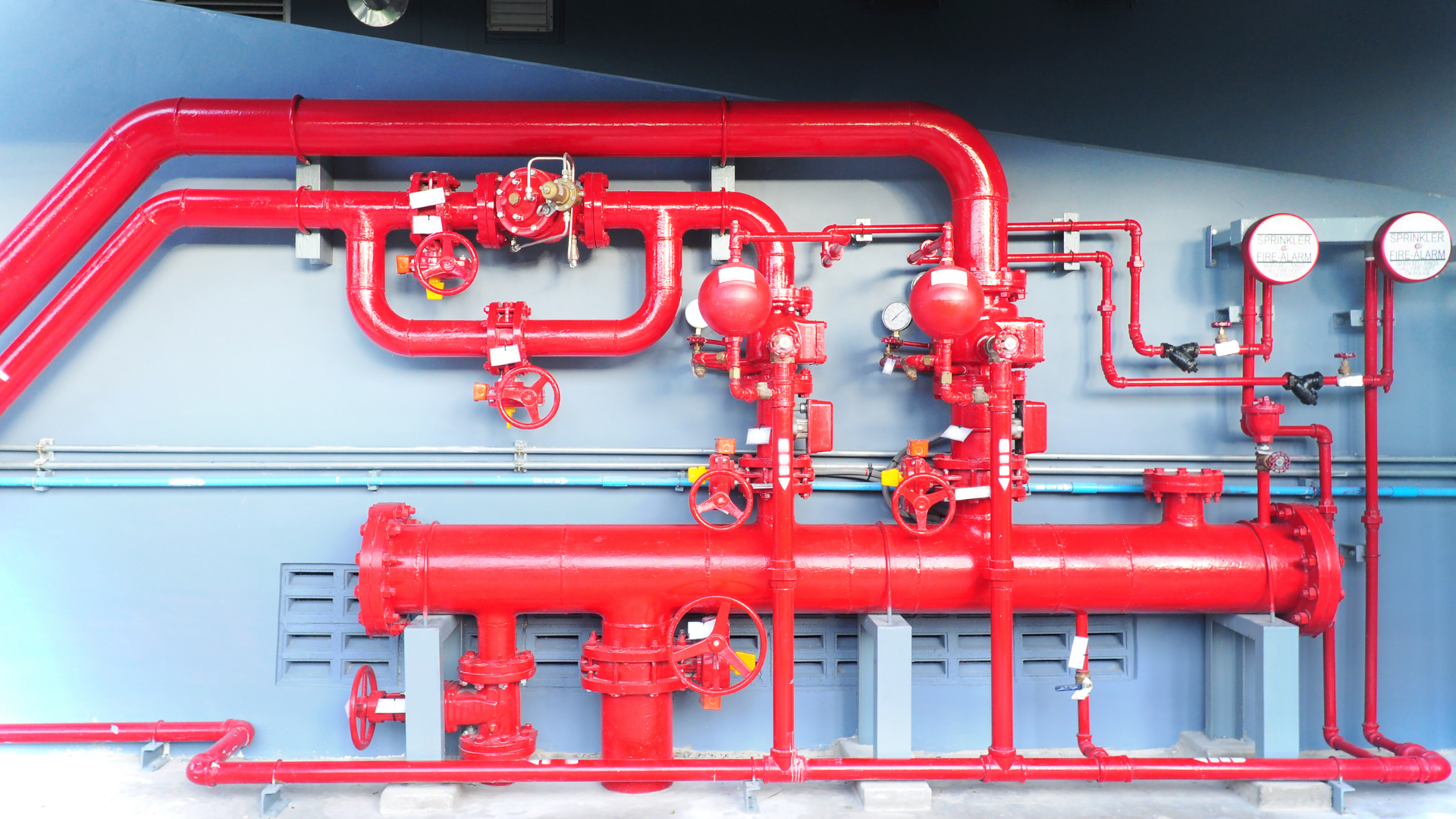
Myth 2: “Fire sprinklers cause more water damage than the fire.”
Many people believe that fire sprinklers will flood an entire room or building, leading to more water damage than the fire itself would cause. However, the truth is that fire sprinklers use significantly less water than fire hoses. A sprinkler typically releases about
8-24 gallons of water per minute, compared to the hundreds of gallons per minute that firefighting hoses use. By quickly containing the fire, sprinklers can actually minimize both fire and water damage.
Myth 3: “Fire sprinklers are unnecessary in homes or small businesses.”
Some believe that fire sprinklers are only necessary in large commercial or industrial buildings, but fire sprinklers can be just as essential in homes and small businesses. Residential fires spread quickly, and fire sprinklers can provide a critical first line of defense, controlling the blaze before firefighters arrive. Statistics from the National Fire Protection Association (NFPA) show that the risk of dying in a home fire is
reduced by about 85% when fire sprinklers are present.

Myth 4: “Fire sprinklers will accidentally go off.”
Accidental activation of fire sprinklers is incredibly rare. Modern sprinkler heads are designed to be highly reliable and only activate when temperatures reach around 155°F to 165°F. Factors such as smoke from cooking, burnt toast, or cigarette smoke will not trigger the sprinklers. In fact, according to Risk Logic, the chance of a fire sprinkler malfunctioning is
approximately 1 in 16 million.
Myth 5: “Fire sprinklers are too expensive to install.”
While the upfront cost of installing fire sprinklers may seem high to some, the long-term benefits far outweigh the initial investment. Fire sprinklers can help save lives, protect property, and reduce the financial impact of a fire. Additionally, many insurance companies offer
premium discounts for properties equipped with fire sprinkler systems, which can offset some of the installation costs.

Myth 6: “Fire sprinklers are ugly and will ruin my property’s appearance.”
Modern fire sprinkler systems are designed to be sleek and unobtrusive. There are various options available that blend seamlessly into ceilings or walls, making them nearly invisible unless you’re looking for them. Some systems offer concealed sprinklers, which are installed behind a decorative plate, preserving the aesthetic of your space while maintaining safety.
Understanding the truth about fire sprinkler systems can help you make the right decision when it comes to fire protection. At ASAP Fire Sprinkler Protection, we are committed to providing accurate information and quality services to ensure your property is safe and compliant with fire safety regulations. If you have more questions about fire sprinkler systems or are considering installing one, contact us today for expert advice and guidance.
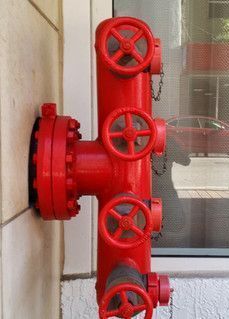
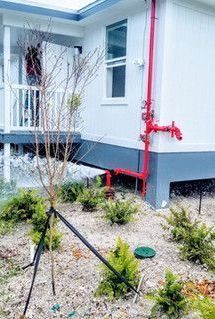


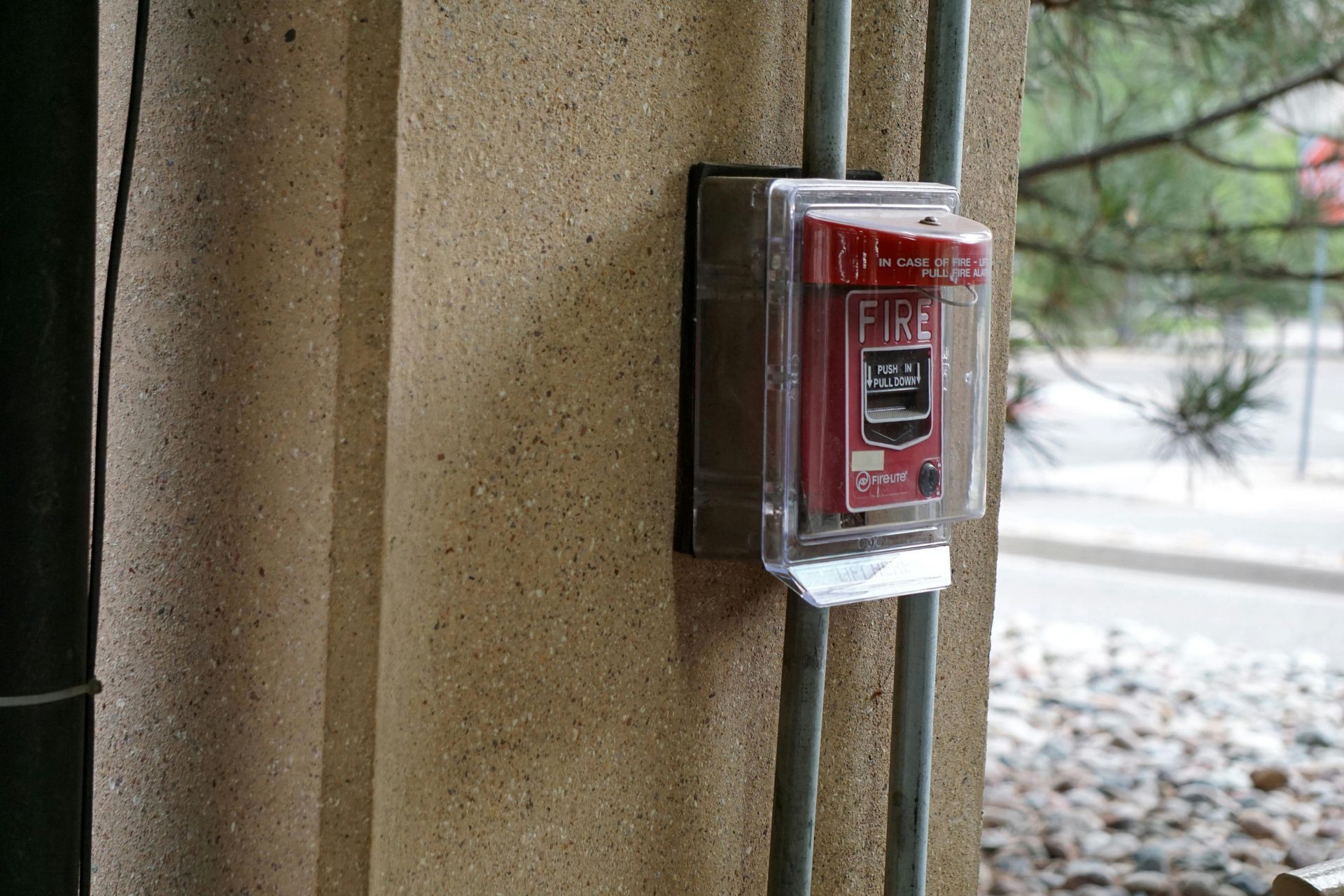
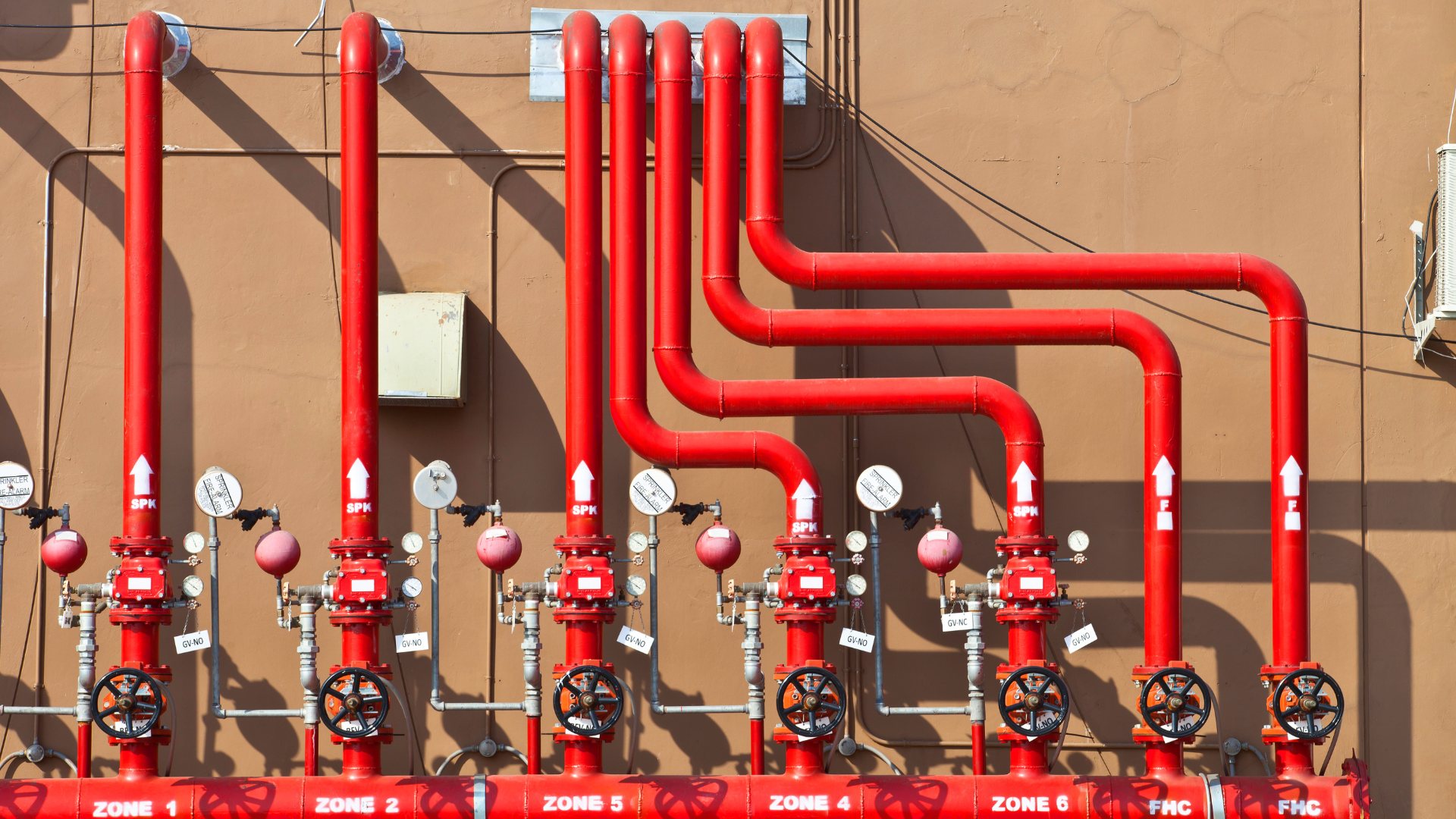


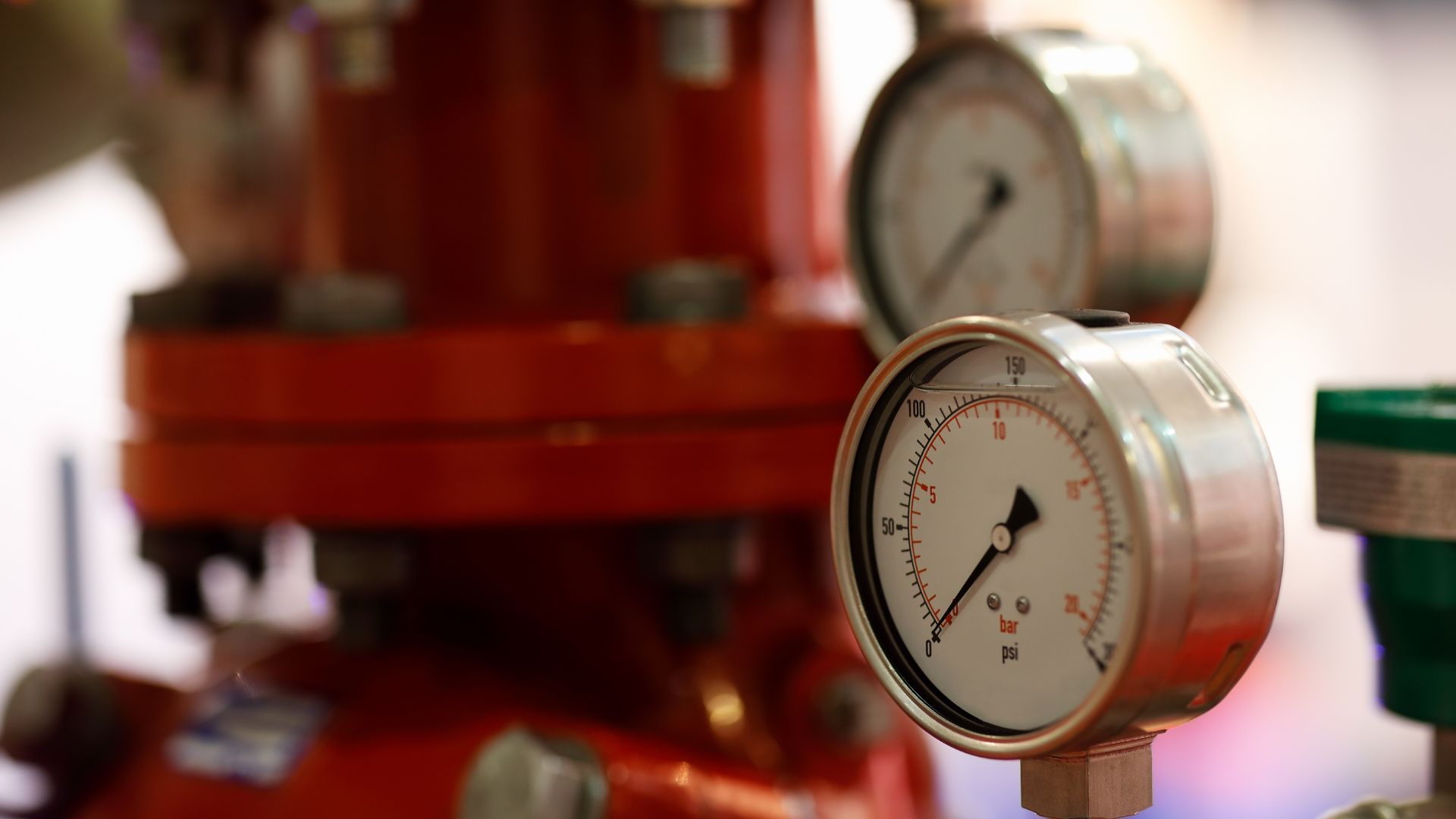



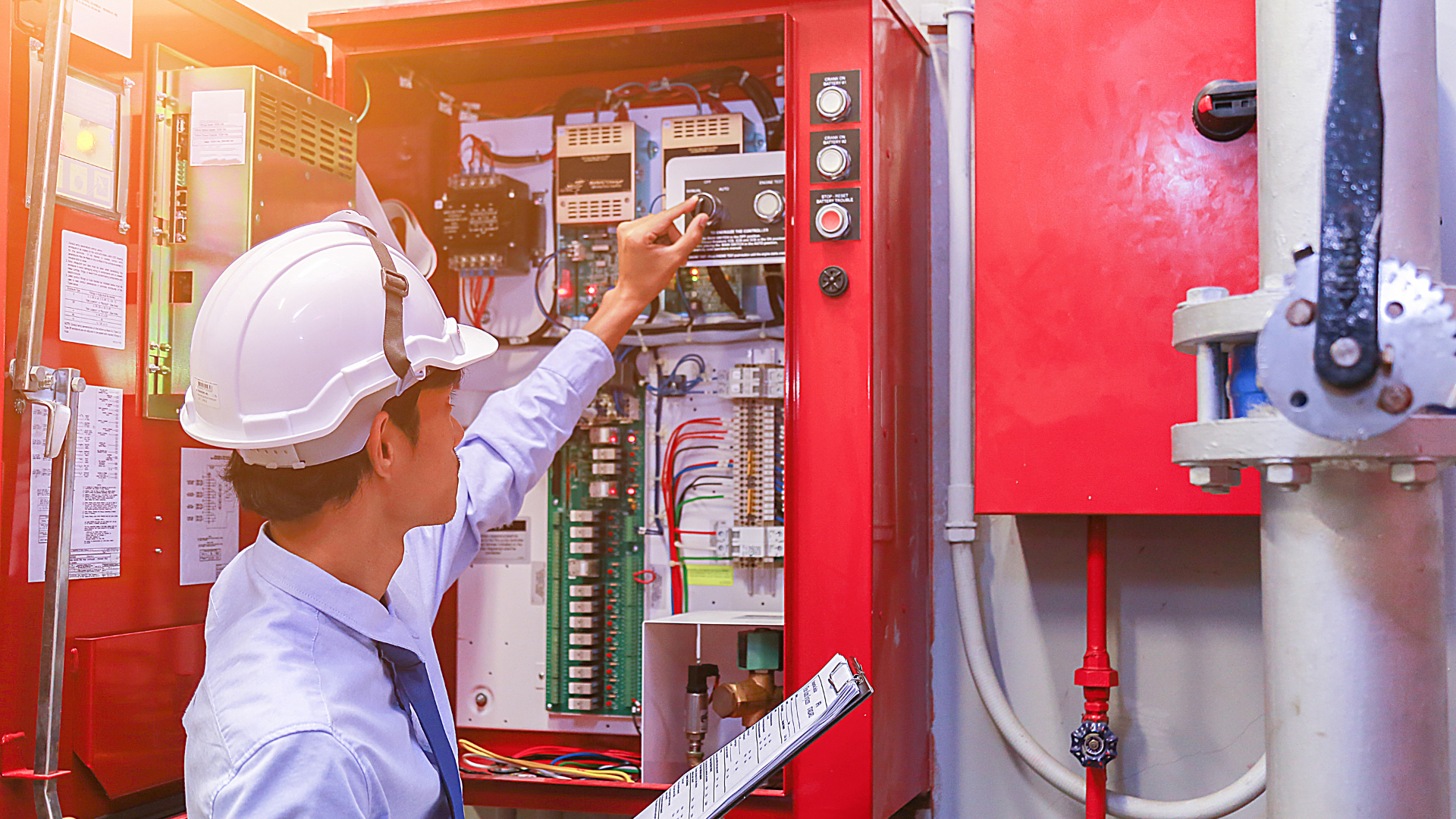
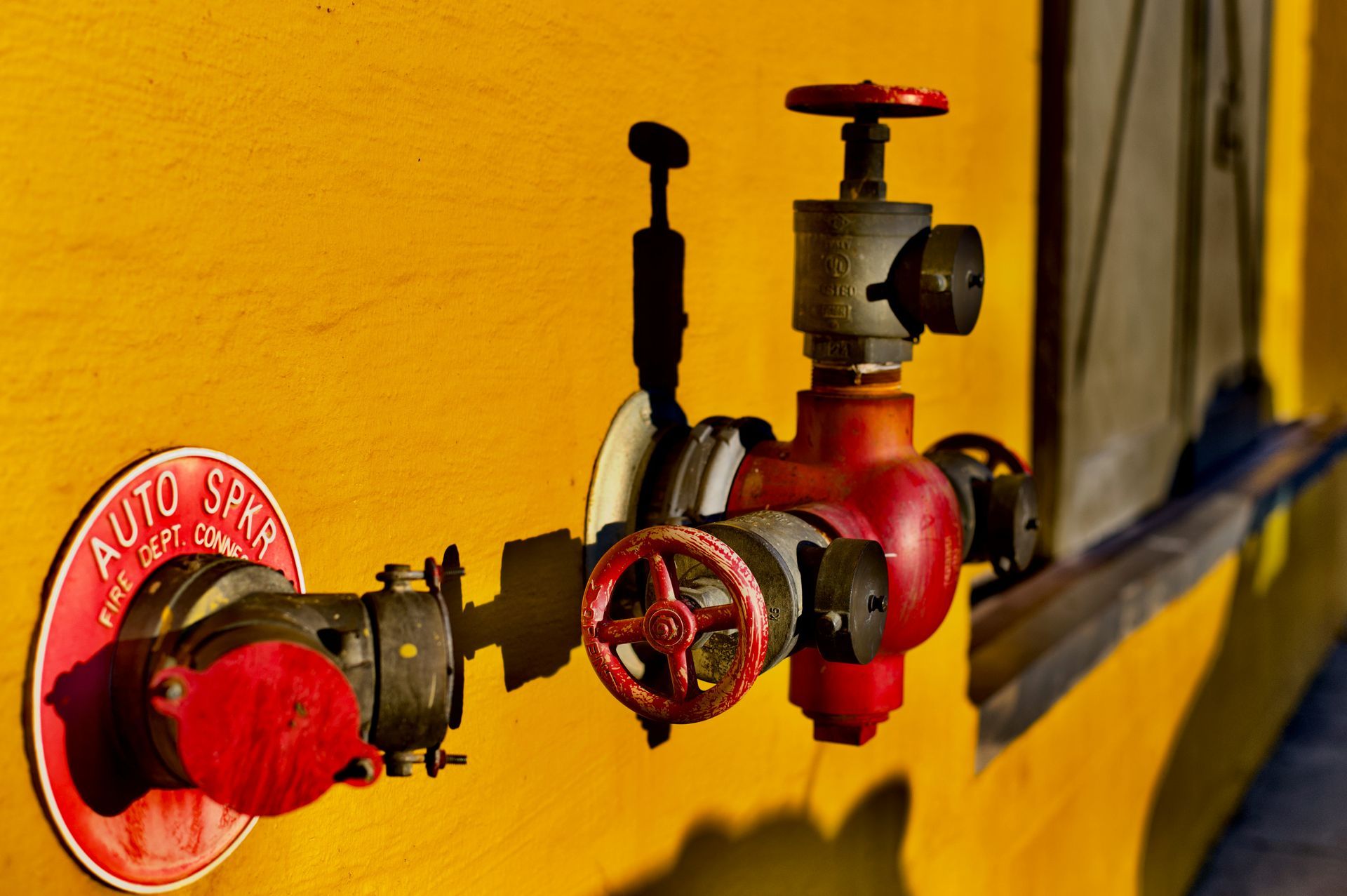
All Rights Reserved | ASAP Fire Sprinkler Protection LLC

